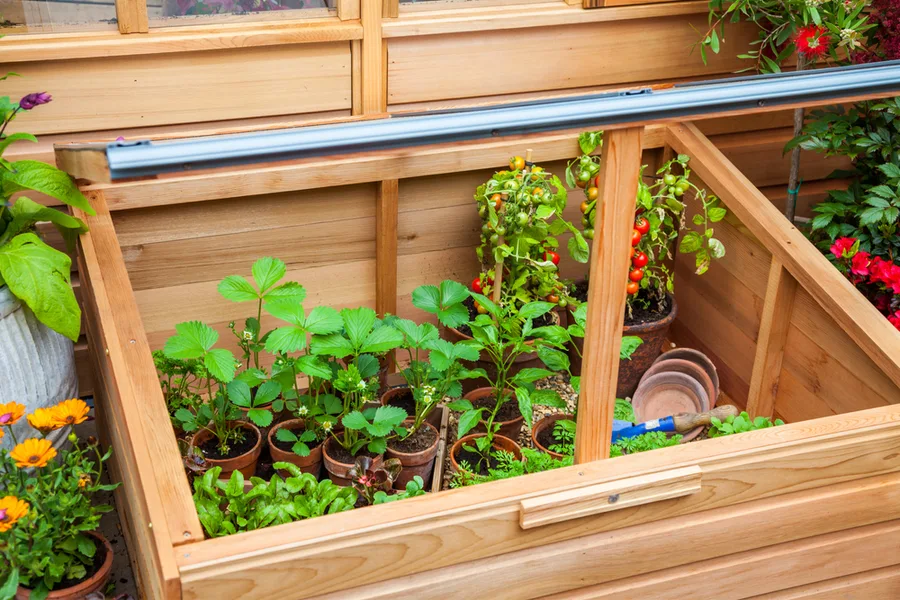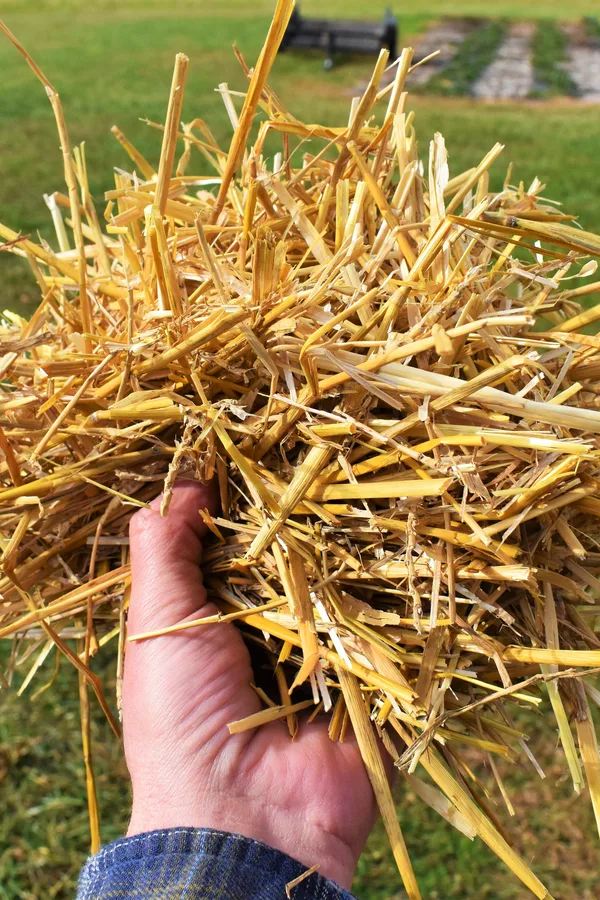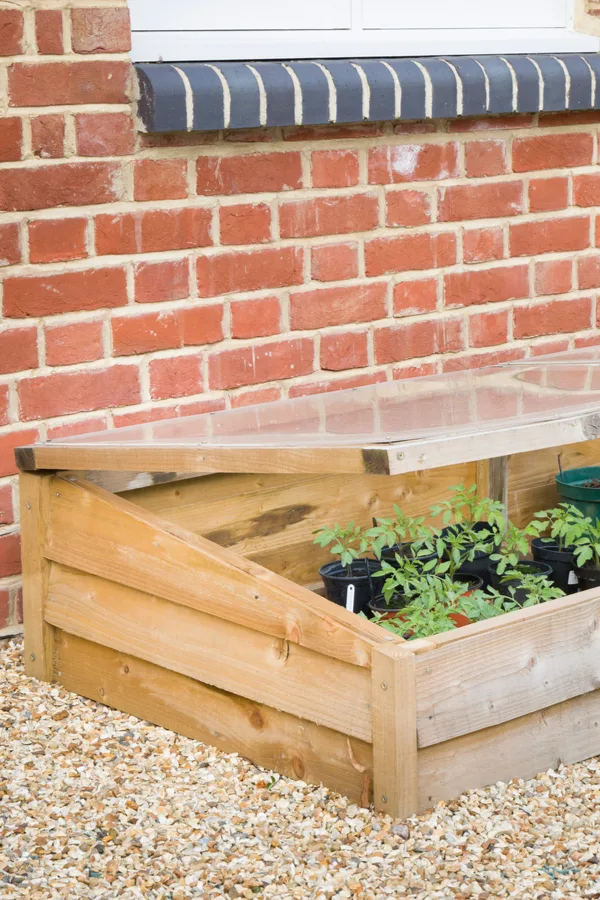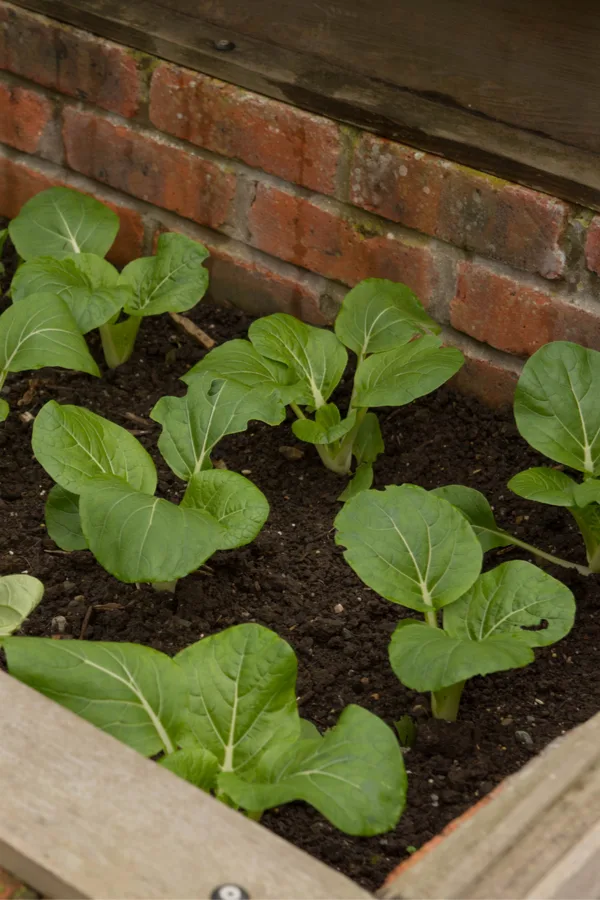Using a cold frame is an excellent way to extend your growing season well past the traditional garden season.
Depending on the style and type used, a cold frame can extend a growing season by a few weeks in the fall or spring, or throughout an entire winter. In fact, in some locations with extremely short summers and long, frigid winters, cold frames are the only way home gardeners can keep a supply of fresh vegetables on the table!
Cold frames actually have many uses beyond just growing vegetables. Like helping to sprout and raise young seedlings and transplants in early spring, or protecting flats of plants when the threat of a late frost is looming.

One thing is for sure, cold frames can be a valuable tool for supplying fresh food when Mother Nature turns cold. Here is a look at how to use a cold frame effectively, along with our top tips and hints to make the most of your cold frame growing.
How To Use A Cold Frame
Cold Frame Basics
A cold frame is a four walled growing box designed to protect plants from inclement weather. The walls help to keep the frigid temperatures out, while a clear top of glass, plexiglass or plastic allows light and heat in.
The process works by gathering and trapping heat from sun’s rays during the day. It warms the surrounding air in the cold frame, and heats the soil to keep plants growing. The wall and cover then help to insulate the soil and plants at night as temperatures drop.
A cold frame can be constructed of a nearly endless range of materials. All you really need for success is an exterior wall that helps to insulate the soil, and a clear top to allow the sun’s rays to penetrate.

Many commercially available frames are made from wood, metal or plastic. But you can also create your own DIY cold frame using cement blocks, 2x lumber, or even straw bales.
Straw bales are one of the easiest of all. Not only can they quickly be formed into a frame, but they insulate against the cold of winter extremely well. Just add an old window or clear plastic frame on top, fill it with soil, and you are in business!
Catching The Right Light From The Sun
To work best, cold frames need to have their angled tops facing to the south. This allows for the maximum amount of the sun’s rays to heat the frame’s soil as the sun arcs across the winter sky.
But how it angles to the sun is just as important as facing in the right direction. The frame can be laid perfectly flat, but with the shorter sun arc during the fall, winter and early spring, a flat roof leaves less time to capture the rays.
But by tilting it slightly, the frame’s top can soak in the early morning sun. And that is important when it comes to reheating the soil and air lost from overnight cooling. By simply tilting the cold frame window 10 to 15 degrees toward the south, it can make a huge difference in gathering enough heat to keep plants growing.

Controlling The Temperature
Keeping the temperatures moderated inside of the frame is a big key to success. As much as it help protect plants against freeze and frost, a frame can also overheat seedlings and plants quickly if the air and soil get too warm.
On warm days, the top will need to be propped open to keep plants from “baking” inside of the frame. One of the easiest ways to control this is with an automatic vent opener.
These little gadgets have become popular with cold frame growers to help regulate temperatures without worry. They use the same technology that automatically opens windows in greenhouses when the air temperature becomes too hot.
The solar versions operate without the need for power. They install easily to window frames, and can lift windows up to 15 pounds. Product Link : Auto Vent Opener
Most vent openers are adjustable. They can open or close the window when the temperature reaches above or below the 55 – 75°F range. One thing is for sure, they are a lot better than opening and closing by hand!
Using Cold Frames – What To Grow
Although it is quite possible to grow nearly anything in a cold frame, some crops do grow better than others. Fast growing greens are among the best for winter-time or late season growing.
Kale, spinach, radishes and nearly all types of lettuce are great a perfect for cold frames. Not only do the seeds of these crops sprout quickly, they also actually thrive in cooler weather. (See : 5 Perfect Vegetables To Grow In A Cold Frame)

No matter what you will be growing, good, fertile, well-draining soil is a must. Just as in a traditional garden setting, the key to growing success always lies in the soil.
For best results, fill your frame with an equal mixture of garden soil, compost, and potting soil. The potting soil and compost are a perfect partner with the garden soil to create a powerful, loose growing medium.
Additional Uses
As mentioned earlier, cold frames are wonderful for so much more than just growing wintertime vegetables. They can also be a great asset in the spring for raising tomato, pepper, cucumber and other transplant crops.
Seeds can be started early in the spring, well before normal planting dates. This gives plenty of time to develop strong seedlings until it is time for planting directly into the garden Not only does it help to grow sturdy, strong transplants, it also saves valuable space indoors when trying to start seeds.
Here is to expanding your growing seasons by growing in cold frames. And, to growing more of your own food this fall, winter and early spring!

